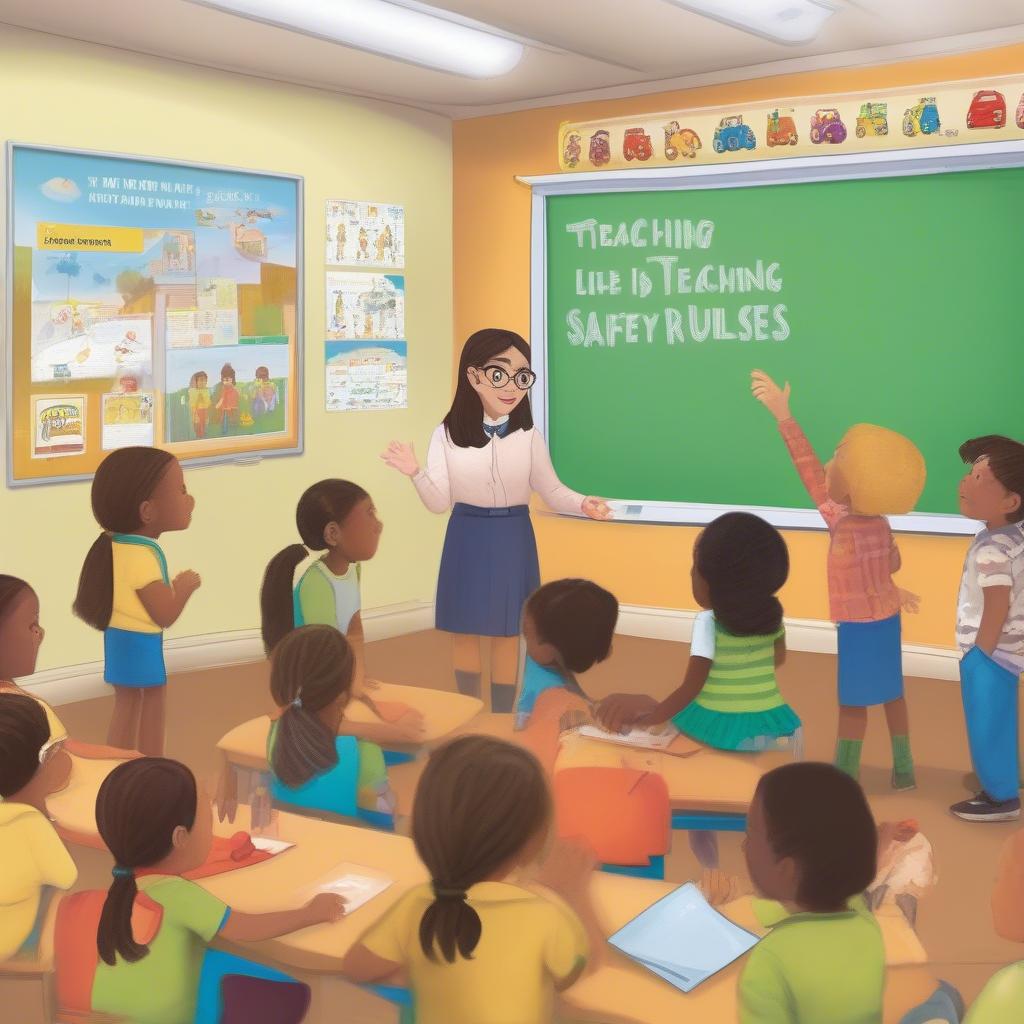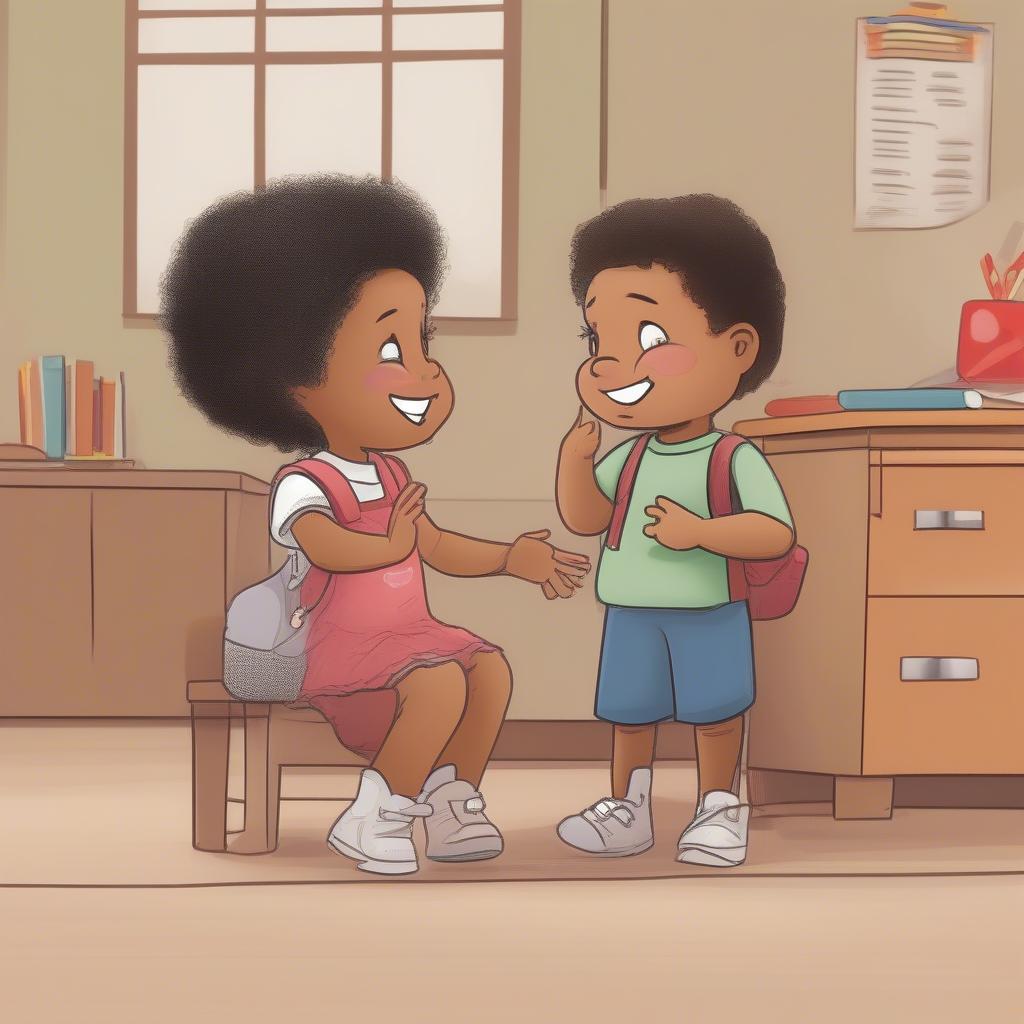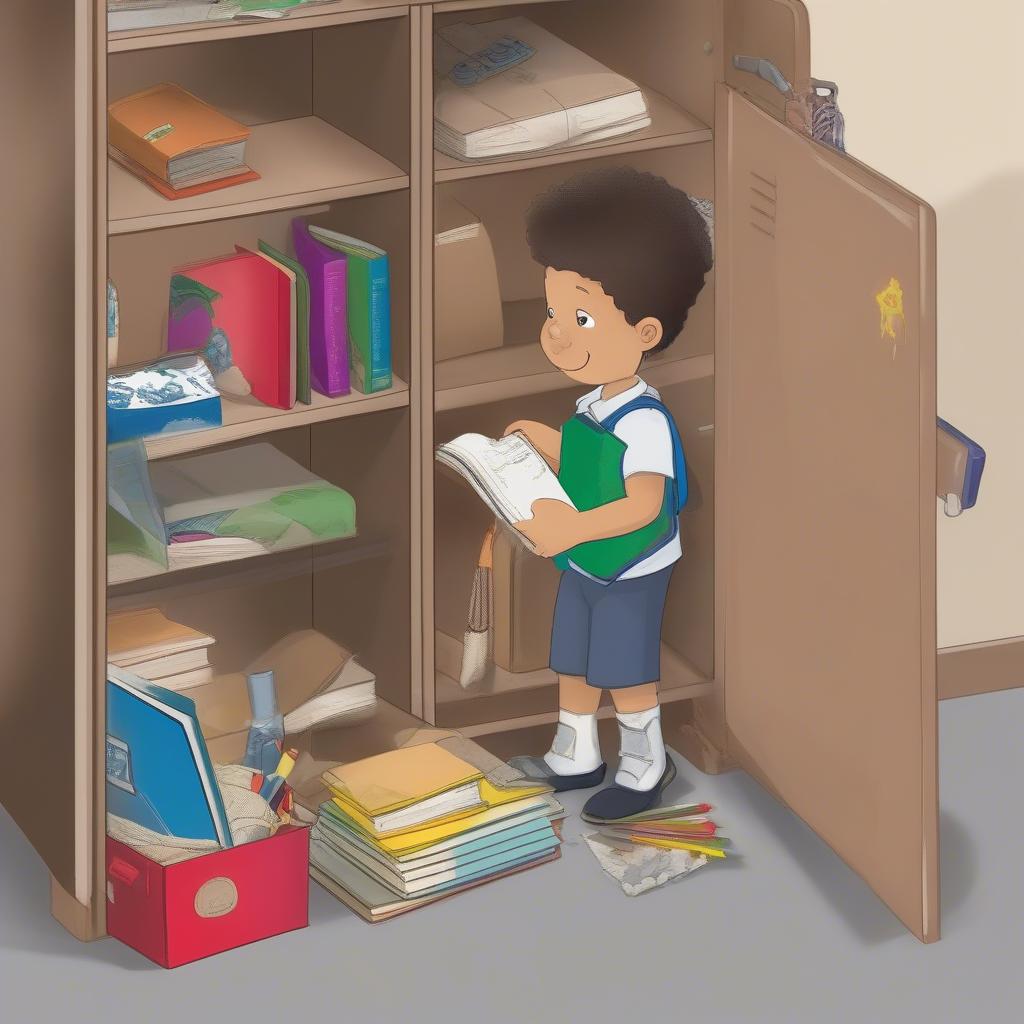“You are the average of the five people you spend the most time with,” an old proverb partly affirms the importance of the living environment for a child’s development. So how can we help first graders grow up and become good citizens? The answer lies in life skills education from an early age.
Grade 1 Life Skills Curriculum: Essential Knowledge
Communication Skills
Effective communication is key to success in life. The first-grade curriculum should teach children basic communication skills such as:
- How to greet, thank, and apologize: Children need to know how to greet adults politely, say thank you when helped, and apologize when they make mistakes.
- Listening to and understanding others’ opinions: Children need to learn to listen to others’ opinions, respect different viewpoints, and not interrupt when others are speaking.
- Expressing emotions appropriately: Children need to be taught how to express their emotions positively and appropriately to the situation, avoiding tantrums or anger.
Self-Reliance Skills
Self-reliance skills help children become confident and proactive in life. The first-grade curriculum should teach children simple self-reliance skills such as:
- Taking care of themselves: Children need to know how to eat, drink, change clothes, and practice personal hygiene neatly and cleanly.
- Organizing personal belongings: Children need to learn how to arrange their belongings neatly and tidily.
- Helping others: Children should be encouraged to help others with small tasks such as picking up dropped items or holding doors for others.
Safety Skills
Safety is the top priority to ensure the well-being of young children. The first-grade curriculum should teach children basic safety skills such as:
- Traffic safety: Children need to be taught how to cross the road safely, not run on the road, and always follow traffic laws.
- Home safety: Children need to know how to use electrical appliances safely and not play near hot water or dangerous chemicals.
- Playtime safety: Children need to know how to play safely without endangering themselves and others.
Social Skills
Social skills help children communicate effectively and build good relationships with others. The first-grade curriculum should teach children basic social skills such as:
- Respect for adults: Children need to know how to address adults correctly, not use bad language, and not talk back to adults.
- Sharing with friends: Children need to know how to share toys and stories with friends and not argue with friends.
- Learning to resolve conflicts: Children need to know how to resolve conflicts peacefully, without using violence to settle disputes.
Grade 1 Life Skills Curriculum: Engaging Stories
Story 1: Linh was a very playful first-grade girl. One day, Linh was playing hide-and-seek with friends in the playground. While running, Linh laughed happily. Suddenly, Linh ran across the road and was nearly hit by a fast-moving motorbike. Luckily, Linh ran fast and was unharmed. Since then, Linh has always remembered her teacher’s instructions on traffic safety and always crosses the road safely.
Story 2: Nam was a very studious boy. Nam always wanted to learn everything, but Nam was very shy about speaking in front of the class. One day, the teacher taught Nam how to speak in front of the class confidently and easily. She taught Nam how to prepare his lesson before speaking, how to make eye contact with listeners, and how to speak slowly and clearly. Since then, Nam has always been confident when speaking in front of the class, and Nam has become an excellent student in the class.
Grade 1 Life Skills Curriculum: Expert Advice
According to education expert Mr. Nguyen Van A – author of the book “Life Skills for Preschool Children”, the life skills curriculum for first grade should combine theory and practice, creating opportunities for children to learn and explore independently.
Grade 1 Life Skills Curriculum: Important Notes
Note 1: The curriculum should use easy-to-understand language, be relatable to young children, and use many illustrations and fun games to attract children’s attention.
Note 2: The curriculum should be designed to be age-appropriate for children and consider what children already know and do not know to create the highest level of engagement and effectiveness.
Note 3: Parents should actively participate in teaching life skills to their children by creating opportunities for children to practice the skills they have learned in everyday life.
Grade 1 Life Skills Curriculum: Let’s Build a Better Future
The first-grade life skills curriculum is a crucial foundation for the comprehensive development of young children. Let’s nurture these good seeds for future generations together.


